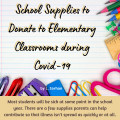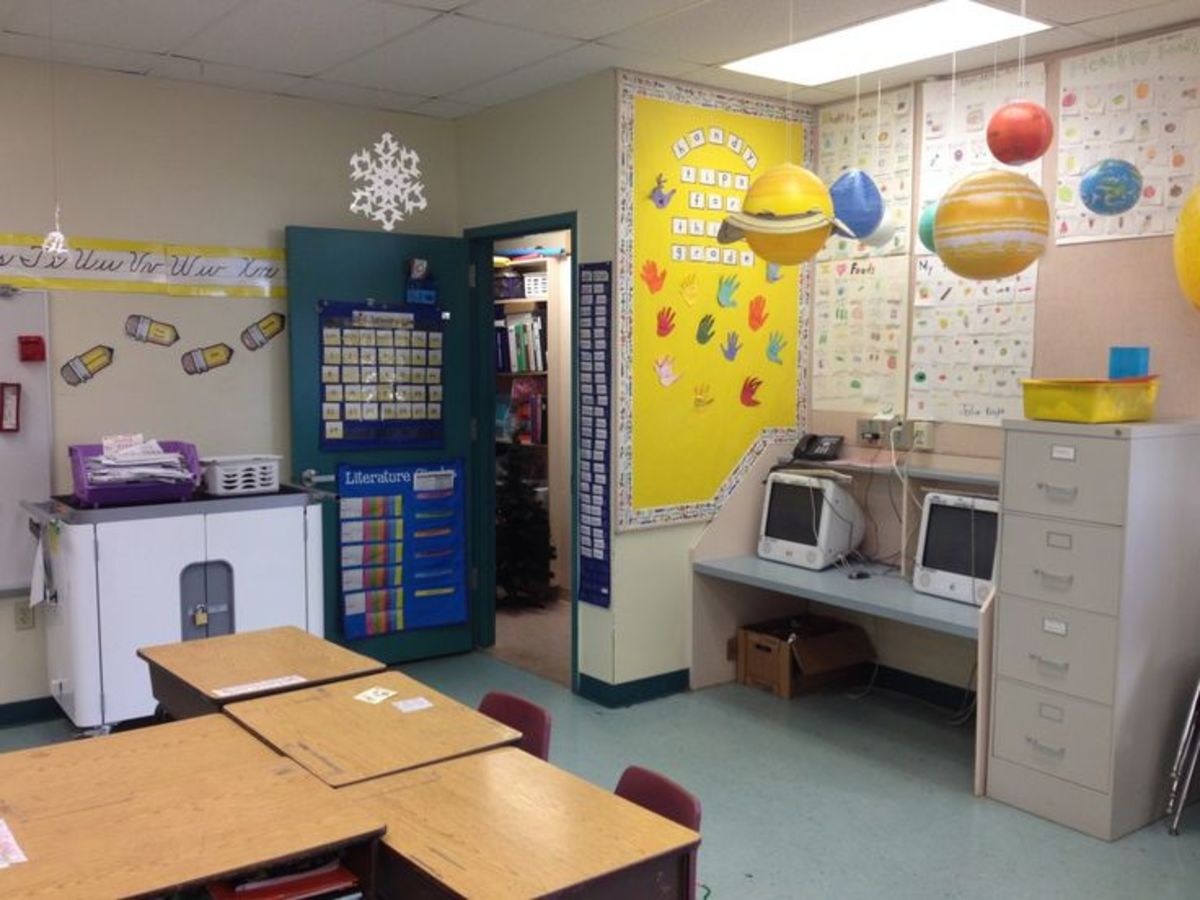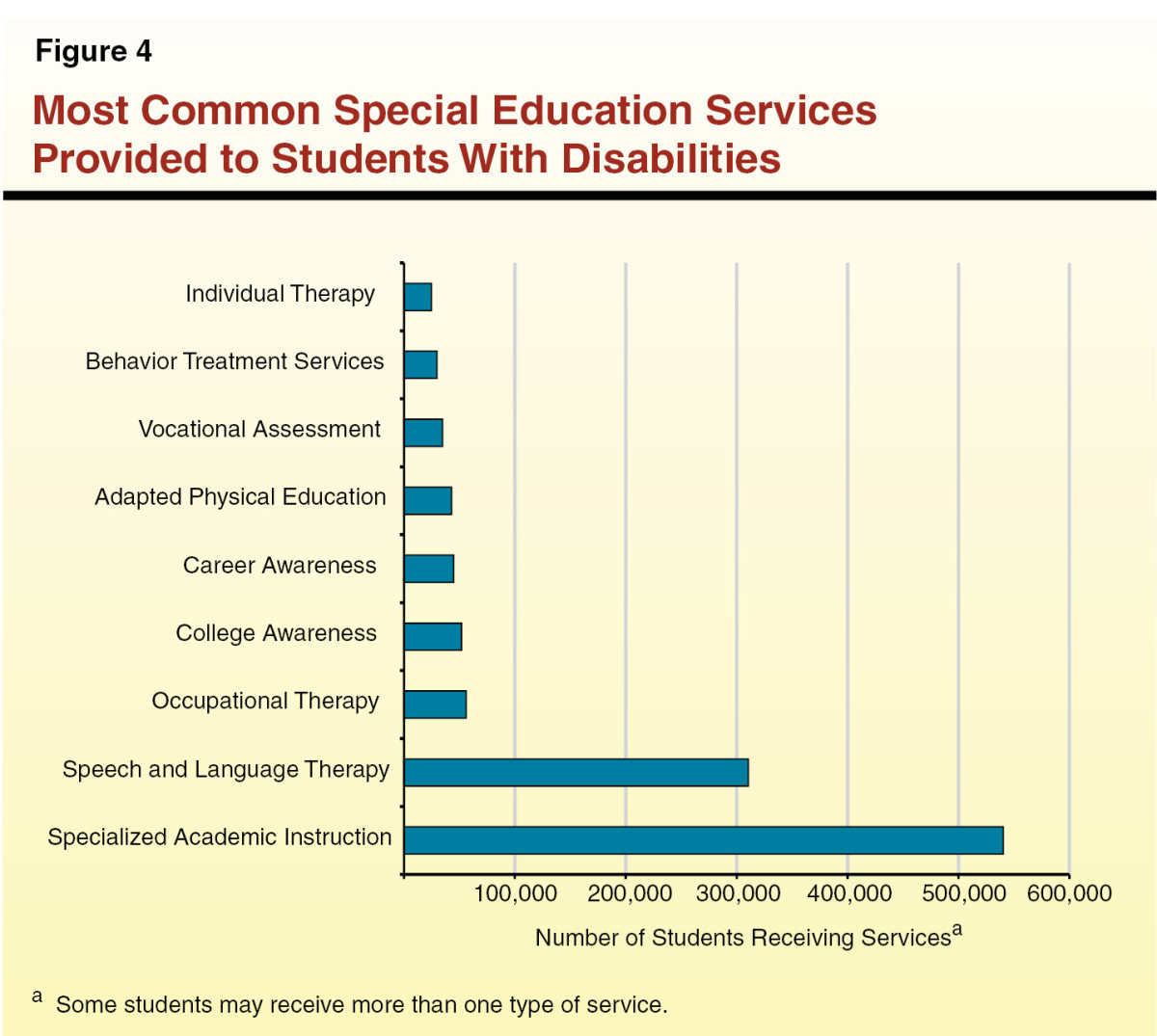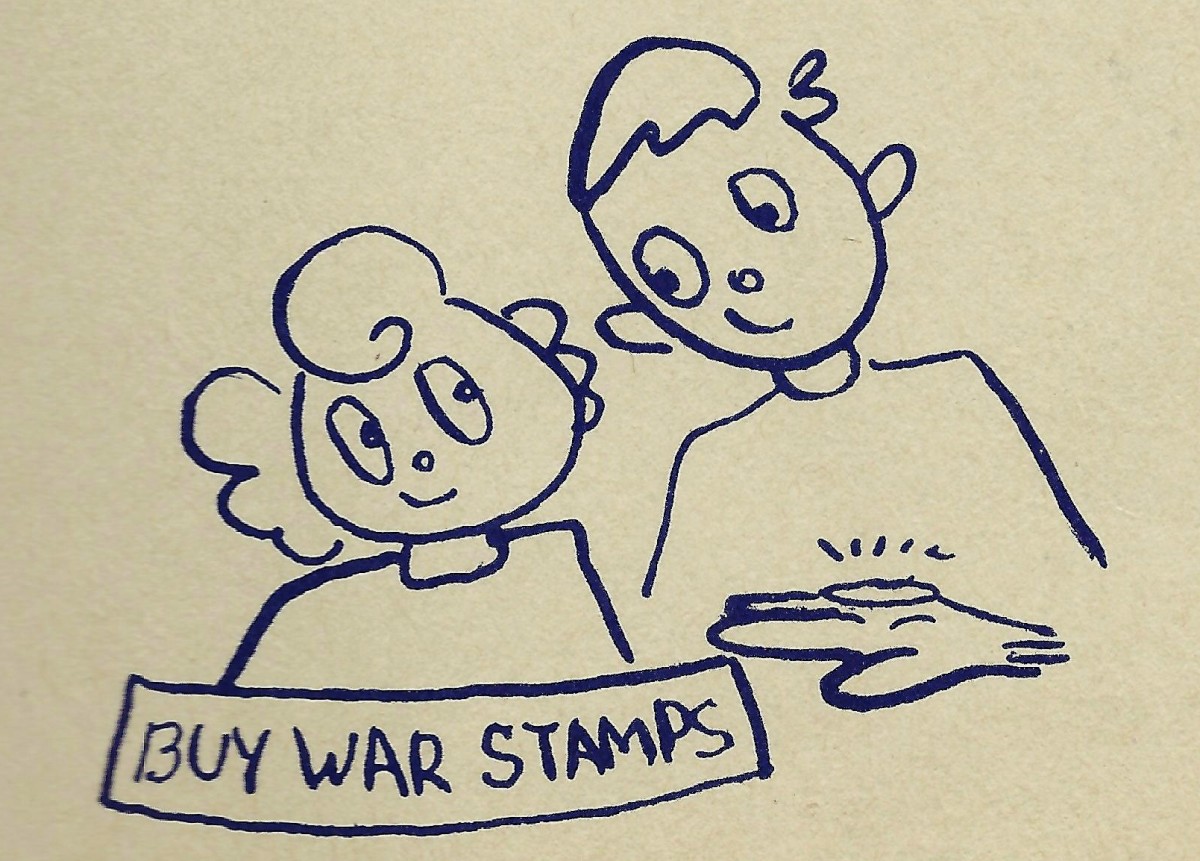10 Effective Classroom Procedures for Afterschool Programs
How to Get the Regular Day Teachers to Let You Use Their Classrooms
Having a quiet work space for your afterschool program students is essential. If you want them to complete their homework quickly, so you can move on to other activities, you must provide them with a suitable work environment. If you are fortunate enough to have your own dedicated site with multiple rooms, this is not a problem. However, if your program operates at a school site after the regular day ends, it becomes much harder to find classrooms to use for afterschool - unless you are fortunate enough to host your program at a very supportive school site.
I haven’t quite figured out why teachers are so resistant to allowing afterschool programs to use their classrooms. They have a tendency to blame “afterschool kids” for any damage done or missing items as though the kids attending afterschool were a completely different group from the students they teach during the day. Still, it is important to understand that a teacher’s classroom is like their second home and they do have a personal stake in what happens in their room especially when they are not there.
To help convince principals and teachers to allow you to use classrooms for afterschool, you will need to put some procedures in place to reassure them of your program’s ability to use the room and keep it in great condition. Then you will have to follow those procedures or risk losing the use of classrooms forever.
1. Create a checklist.
Create a checklist for your staff to use when they enter and exit the room. The list should include anything they should check for before entering the room. For example:
- Was the door locked?
- Are any windows open?
- Are the lights on?
- Is there anything written on the board?
- Is there trash on the floor?
- Are there any projects in progress or drying?
- Are the chairs up?
Be sure to include a place to write in the room number and a place to make notes on your checklist. If you make a chart where the group leader just fills in Y or N the process should be pretty fast. The list should last for at least one week, so your staff will not need to get a new one each day.
2. Make your staff use the list every time they use a classroom.
If they don’t use the list, it doesn’t work. If they do use the list as they enter the room there are two benefits. One, they are more aware of how the room looks when they enter. Two, they can refer to the list upon leaving and make sure everything is just as it was when they entered.
3. Keep student bags and backpacks out of the classrooms.
Have students leave their backpacks in your main meeting space (like the cafeteria) or outside the door of the room to avoid having students in the afterschool program get blamed for taking items from the classrooms. Students should be able to take their homework out of their backpacks and carry it into a classroom without taking their whole backpack.
4. Provide the pencils.
It will save a tremendous amount of time and hassle if your program provides pencils for students to use during classroom time. Have your group leader pass out the pencils as students enter the room and collect the pencils as they leave. This prevents kids from drawing on the walls as they walk through the hallway and it prevents them from using pencils they find in the classroom. As group leaders collect the pencils while students leave they should also observe the students to make sure they are not trying to sneak any interesting items out of the room. This is not usually a problem but every once in a while, someone can’t resist and needs to be reminded that items from the classroom are to be left in the classroom.
5. Have your group leaders create a seating chart for their classroom.
They should use the seating chart daily and keep the seating charts for two or three weeks. Try to assign the same group to the same room each day so your group leaders will not need to make new charts each time. If you do have a teacher complaint regarding a specific desk, you can go to the group leader and find out just who was sitting there on that day. At least, you will have a good starting place rather than trying to guess where everyone was. Along that same line, save your schedules for a few weeks as well. There were times when a teacher made a complaint about afterschool students wrecking the classroom when we were able to come back with our schedule and show that we were not using that room at all that week.
6. Set up a system for teachers to register complaints.
Create a form that teachers can fill out and turn in to you, and give each teacher two or three copies. The form should include their name and room number as well as specific information on what was damaged or taken and the exact date of the incident. Make copies of the form and distribute it in teachers’ boxes. If you use a colored sheet of paper that you don’t normally use, it will stand out on your desk when you receive a complaint. Make sure to include a cover sheet explaining the use of the form and where you want teachers to return completed forms. Encourage them to come to you with complaints. If they feel they can talk to you and address the issue it will be much better than if they do not feel like they can say anything but end up making negative comments about the program to other teachers or the principal.
7. Address teacher complaints immediately.
I can not stress this enough. The longer you wait the madder they get and the more they complain to other teachers. Review the complaint form. Then contact the teacher to let them know you are looking into the matter. If the form is incomplete, get the details you need at the same time. Then do your research. Figure out if your group used the room, which group leader was in charge, which student was at the desk in question or any other information you need. Then get back to the teacher. If it was your group’s fault, apologize and do what it takes to fix it. If it was not your group’s fault, try to explain it in a kind way and think of the next item on the checklist.
8. Remember that it is better to build good will than to be right all the time.
In the long run, it is much better to foster good will by spending $5.00 from your own pocket to replace a “stolen” item for a teacher rather than wasting hours and building hostility by trying to convince them that your group didn’t take it. We once had a teacher who insisted we took her white board markers. We didn’t, but we replaced them anyway. About two weeks after we replaced the markers, she came back to apologize. It turned out that another teacher had come into her room after school, borrowed the markers, and hadn’t remembered to mention it until that morning. After that we were always on good terms with that teacher and always welcome in her classroom.
9. Avoid disaster with low mess activities.
Just to be clear, do not do any wet or messy activities in a teacher’s classroom. Use the classrooms for homework, reading, board games or any other calm, clean activity. If you allow your groups to paint, or do science projects in classrooms, you are just setting yourself up for disaster. Likewise, do not allow any food or drink into the classrooms. Keep the food, drink, paint, and erupting volcanoes outside or in the cafeteria.
10. One last tip...
When you meet with the principal to secure the rooms, you will need to make it clear (and mandatory) that other activities can not take place in the classroom while you are using it for homework. That means regular day teachers must not have activities with students happening in the room while afterschool program students are using it. Other activities taking place totally defeats the purpose of putting students in a special, quiet room for homework. It also makes it harder for your group leaders to keep track of their students and creates distraction for both groups.
These steps are critical for not only securing a classroom space, but keeping it. You and your group will probably only get one chance to try using classrooms. If you have major problems any time within the first year, you may not get another chance to use classrooms. Make sure all of your staff are aware just how important this is to the success of your afterschool program and how difficult things will be if your program’s classroom privileges are revoked. Hopefully, you will be able to have a long and happy relationship with the regular day teachers at your school site and continue to use classrooms as long as you need them.










